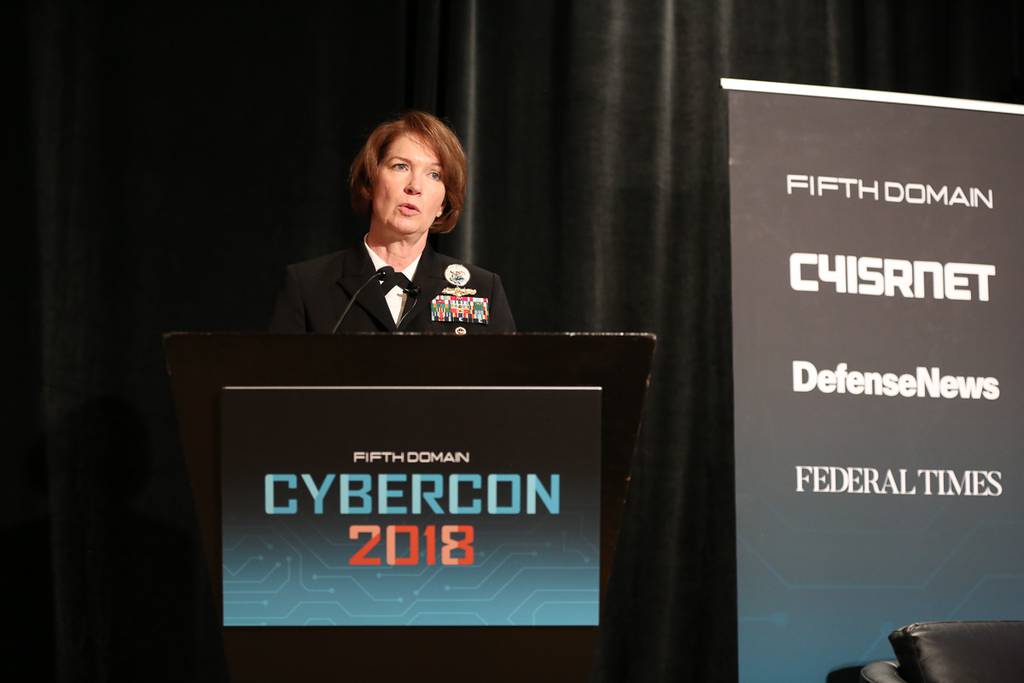The Defense Information Systems Agency undertook a strategic review In the second half of 2018 of one of the Department of Defense’s most complex IT programs.
The Joint Regional Security Stacks (JRSS) has been a multi-year effort to shrink the cyberattack surface by consolidating countless classified entry points around the world to 25 sites. Officials have said this will not only provide increased security, but also unprecedented situational awareness into the network globally.
The program has continued to receive poor remarks from the Pentagon’s chief weapons tester, who asserted in 2018 that DoD should halt the program.
RELATED

The most recent assessment noted that JRSS continues to experience operational and technical problems, including high latency and delaying integration. Moreover, JRSS’s poor performance led its senior advisory group and executive committee for DoD’s Joint Information Environment to delay JRSS migration to Central Command, the Marine Corps and defer JRSS deployments for DoD’s secret network until fiscal year 2019.
The JRSS review sought to address operational and technical issues users experienced, DISA Director Vice Adm. Nancy Norton said May 14 in Baltimore, Maryland, at an AFCEA-hosted event.
Norton explained the review led DISA to five areas of improvements:
First was training. She said they created 10 on-demand operator training videos and trained 169 defensive cyber operators.
Second was migration. The DISA team simplified customer migration process with standardized roles, account provisioning and prerequisite migration checklists.
Third, Norton said, was reliability and stability. She explained they reconfigured the joint management system tools and doubled the virtual desktop infrastructure capacity.
Modifying the secret network system came next, said Norton. Using the same tools as the unclassified network for trouble ticket management, fault detection and performance monitoring and management helped prepare the system for migration.
Last, DISA assessed JRSS operational policy, process and governance by developing best practices for the firewall, intrusion prevention system and intrusion detection system, Norton said. These measures were all designed to optimize the use of tools through the defensive cyber operations community.
Mark Pomerleau is a reporter for C4ISRNET, covering information warfare and cyberspace.








